About 65 years ago, "Robert the Robot" entered the world.
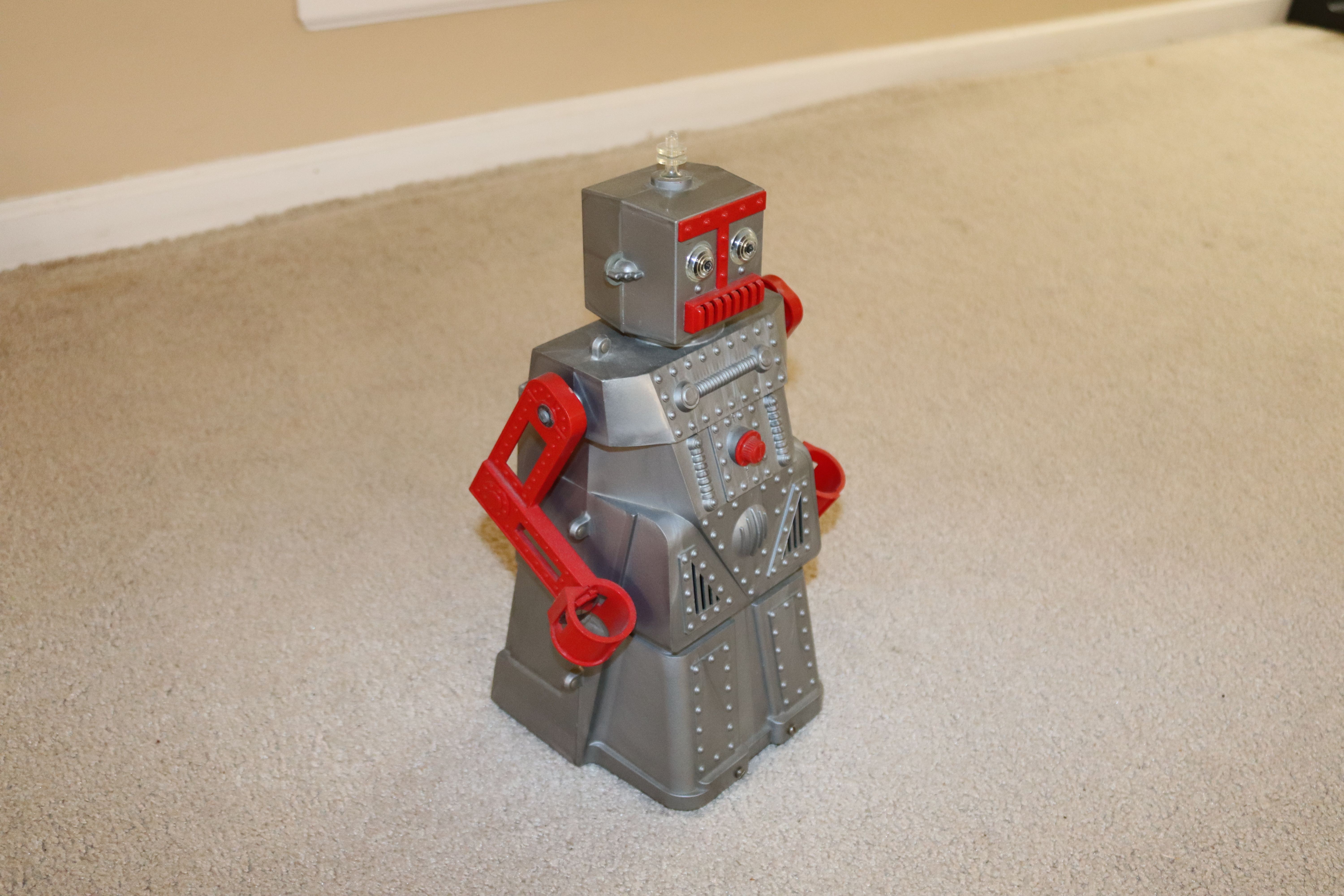
Robert is a remote control toy; moves forward, back, left, right; arms move, head illuminates; he talks. The "remote" control is a five foot length of steel cables. Forward and reverse motion are controlled by a hand crank that turns a gear mechanism for the rear wheels.

The rear wheels are connected by rods to the arms.
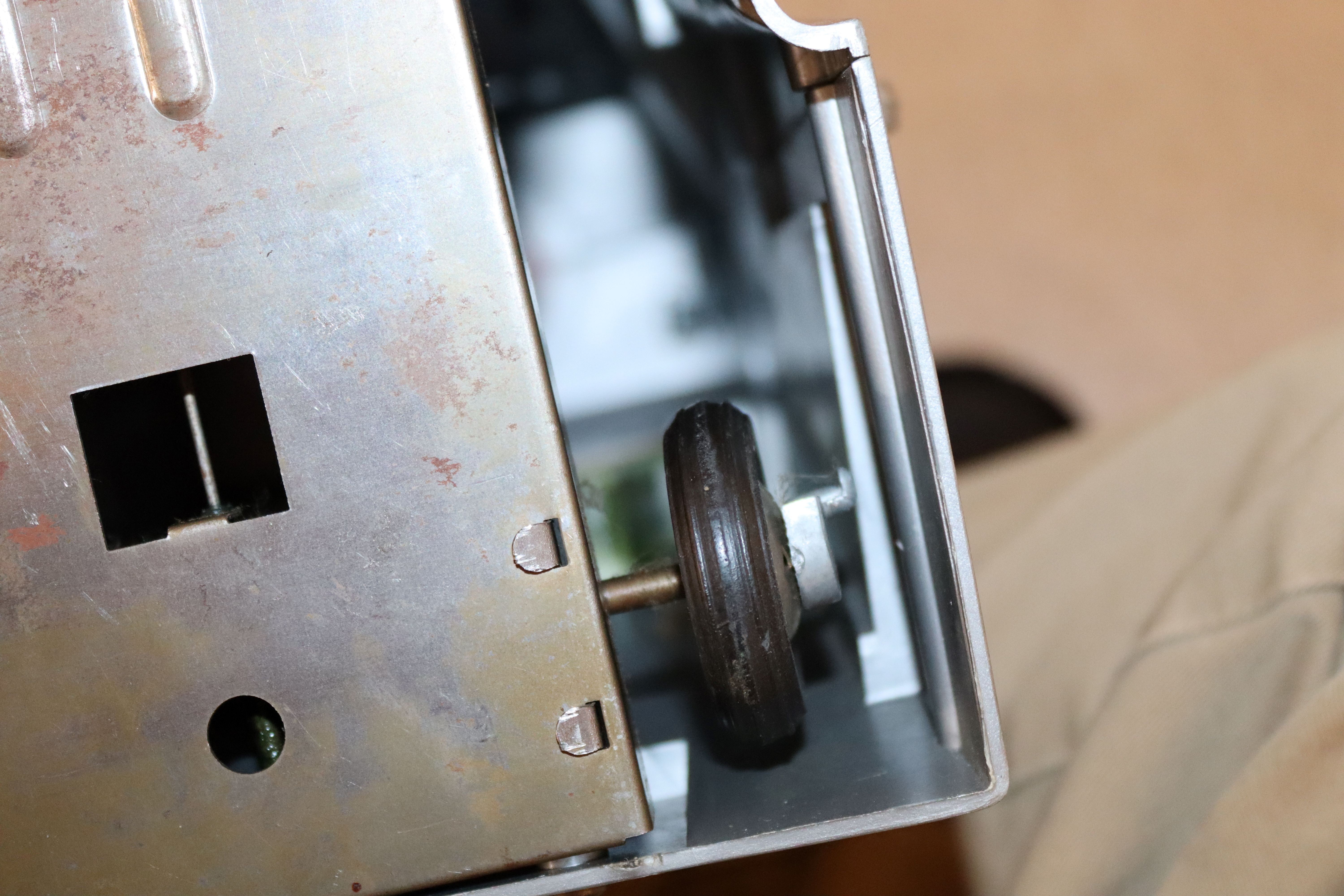
Steering is managed using a pistol grip on the controller. The front "steering" wheels are spring loaded to one side. Pressing the pistol grip changes the position of the steered wheels.

The light in his head (operated by a D cell battery) is switched by a knob on the front.

Voice is created by playing a record (hand crank on back).

Voice is limited to:
"I am Robert Robot, mechanical man.
Drive me and steer me,
Wherever you can.
I am Robert Robot,
Mechanical man."
Why does this matter? Early "robots" were remote controlled by mechanical cables. Later, electric motors (controlled by wire and switches) replaced the mechanical cables. This was followed by wireless (radio) remote control. Next came internet control (really just long distance wireless). Now, add a camera, microphone and speaker--just "Robert the Robot" for today.
In 1999, I acquired an Aibo, robot dog.
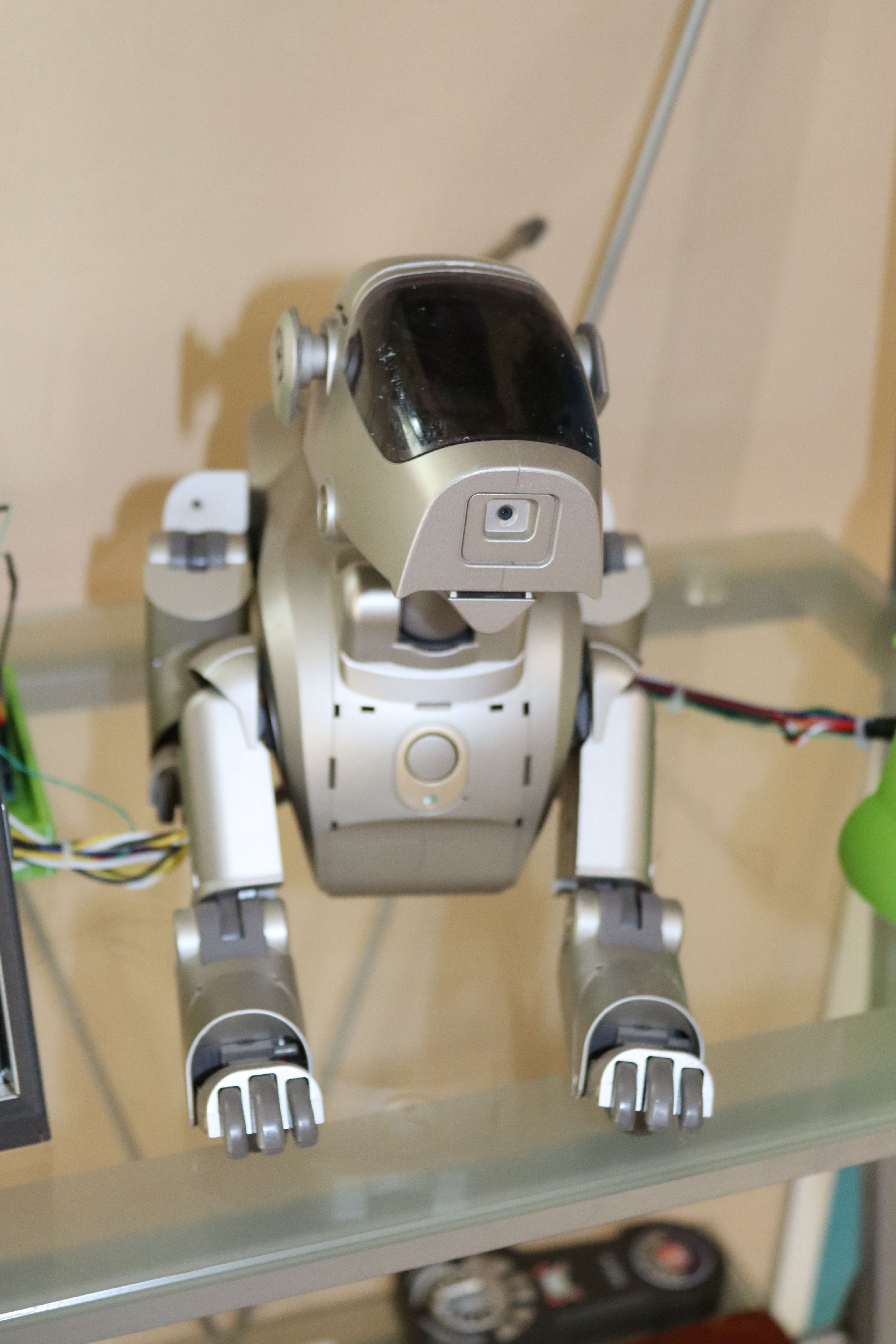
This was declared to be "an entertainment robot." That's what it did and that was enough. Aibo started "life" as a puppy (could barely stand) and "developed" over time. Aibo learned and reacted to his surroundings (mainly by petting for encouragement, head taps for discouragement). We had a French film crew at our house to tape our robot and reactions for a production, "Robots, Man's Best Friends?" They had been to Japan (talked to the Sony VP in charge of Aibo) and had taped a Japanese couple with their Aibo. The interviewer was shocked and a bit scared by what she saw. Our Aibo (brought up in a house with my wife and two daughters) was very "friendly," wagging its tail and approaching everyone for interaction. Our Aibo loved to chase the pink ball and kick it given any opportunity. The Japanese Aibo (raised by a hard working, rarely at home couple) was aloof, indifferent and hardly interested in the ball. The only difference was the way they were "raised."
Aibo was quite expensive and mechanically complex. Servo motors in some joints eventually developed "the shakes." Potentiometers in servo motors wear out and the feedback loop can't handle this. Aibo's special servo motors are not available. The lithium batteries (I have three) don't hold a charge and they are unavailable (special design). My Aibo is now an expensive toy that can't leave the charger (no battery) and shakes its head wildly (servo motor problem) on the charger.
Cozmo is a desktop robot (discontinued).
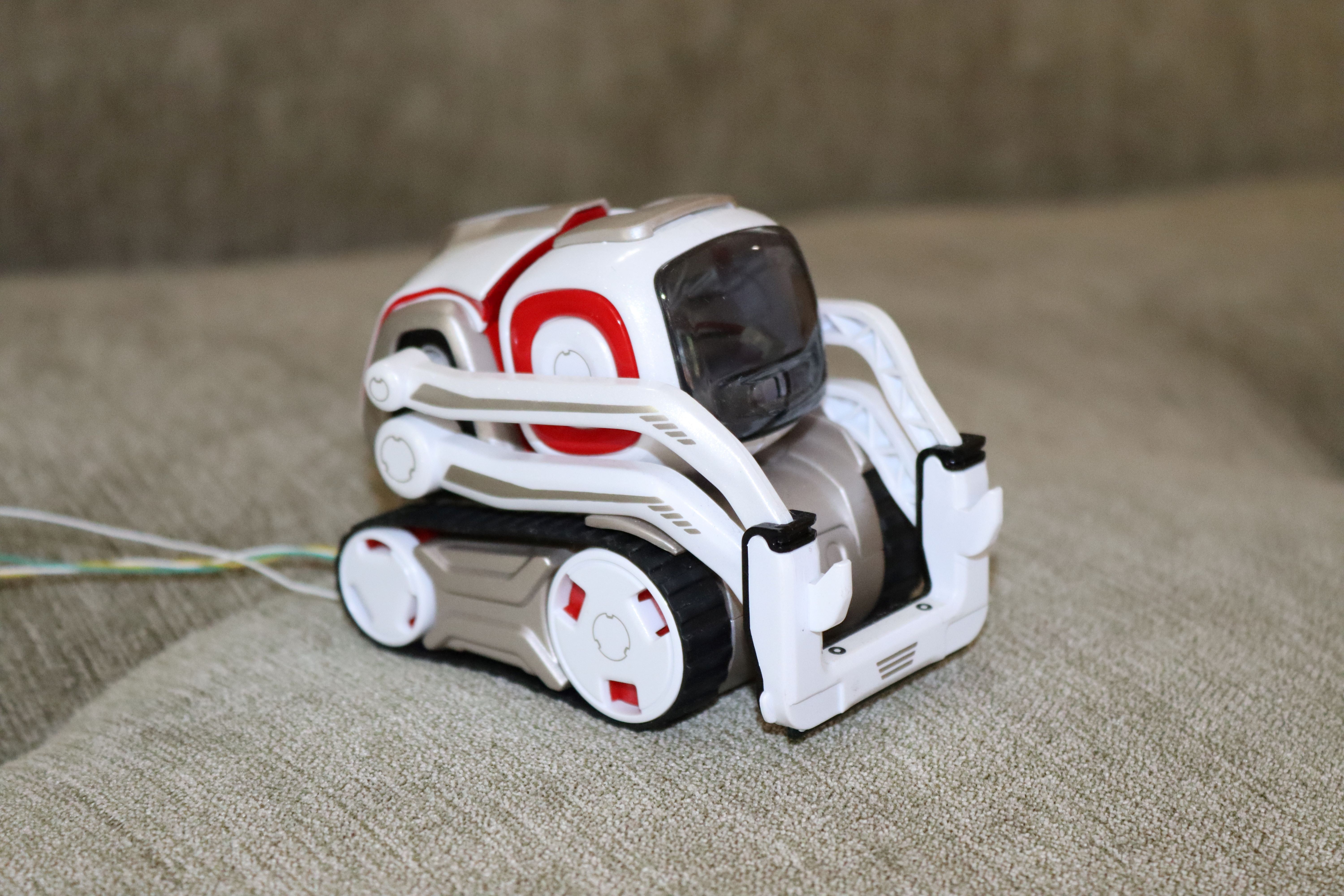
This little character could recognize faces and navigate around specialized cubes. The battery (not user replaceable) failed and that ended its usefulness for me.
Loona (it can be ordered but is not immediately available) navigates independently and can respond to certain gestures and voice commands.
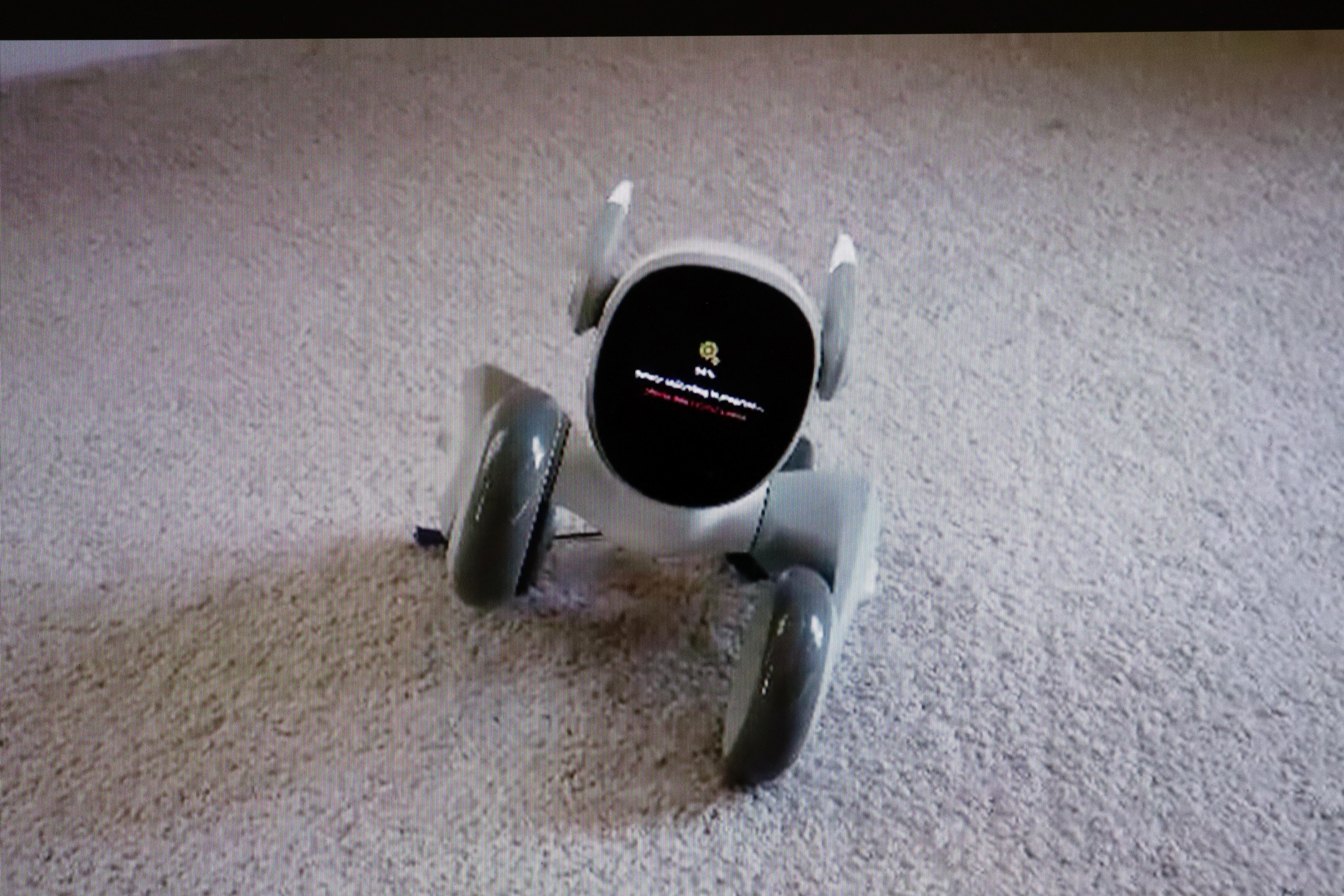
Loona may be able to recharge itself (the charging dock has not shipped). Loona does not have a user replaceable battery. After about 30 hours of use, my Loona developed a loud "screeching" sound and had to be returned for repair.
Enabot's EBO X (on Kickstarter, soon to be more generally available) is another of the "run around, charge itself, recognize people, interact remotely" class of robots.
I must mention Astro, Amazon's home robot. Astro is largely an entertainment/social bot--but it can manipulate real world things. It has a load bay, capable of carrying about 2 kg. A "treat dispenser" for pets is also available. Astro is capable of finding people, finding the charger and going to trained locations.
I have created three "accessories" for Astro. My accessories include fetching a snack, fetching a drink and taking trash to a can. These depend on Astro finding an individual (does this very well) and going to a specific location on command (does this to the charger very well). Learned locations appear pretty consistent to the human eye, but they can vary more than 12 inches left, right, forward, back. This "not sure where Astro will be" leaves a 5-10 square foot area for auxiliary devices to find Astro before loading/unloading.
Astro could be the first real household robot. Astro is only available by invitation or from scalpers. Astro has gone up in price from $999. to $1599. To be an intelligent transport device, Astro needs an ability to reliably and precisely travel to auxiliary devices (docking stations similar to the charging base would have to become available along with software changes to recognize these bases).
My experience indicates that fetching snacks and fetching drinks are nice parlor tricks, but not terribly worthwhile. Coming to me on command and taking trash to a can does have merit and is a function I find somewhat useful.
This leads me to believe that "special purpose" robots will be the first to become available in households. A traveling robot that goes from a human to defined locations and carries--or simply manipulates--cargo will be one piece of the puzzle. A custom freezer/arm/microwave oven could remove specific meals from the freezer, transfer them to the microwave oven, the load them onto the traveling robot. The traveling robot could take the meal to a human, then take the trash to a can later.
Looking at robot arms, I see that devices to lift 100 grams cost around $200. Lifting 750 grams gets into the $5000. range. Robot arms need a stable base and that requires a sizeable frame with wheels that can be locked during arm operation.
Commercially available bases, like this one from Super Droid Robots have the stability, but the skid steering, brushed motors and cost limit their desirability for household robots.
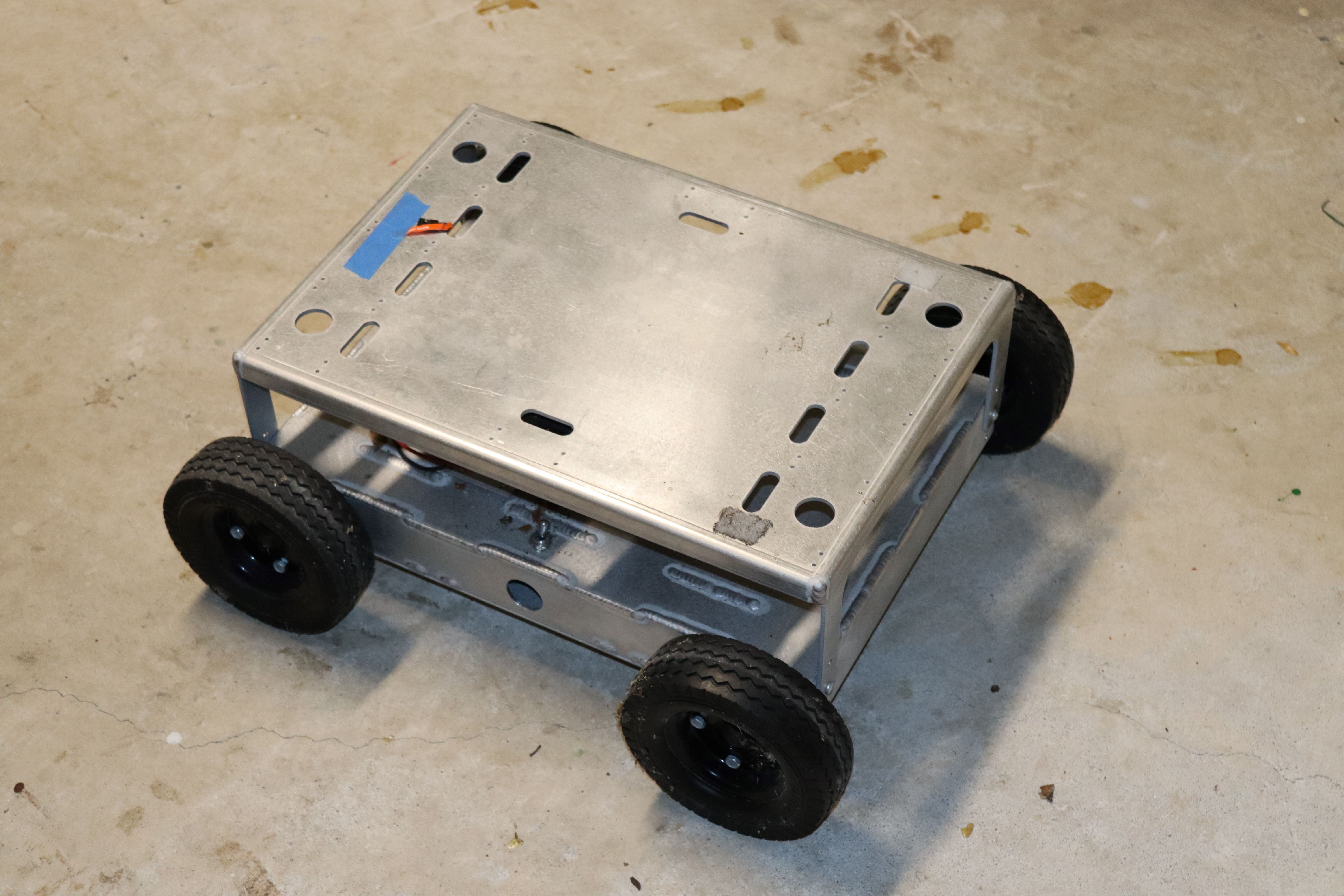
My current thinking is that a traveling robot with the ability to locate a human and take trash to a receptacle (and locate other spots) makes a good project. I'm thinking a custom base and custom arm will be necessary to make this project (or portions of it) usable by other people.
Stepper motors do not have brushes or gears. They can be tightly controlled and locked in place.
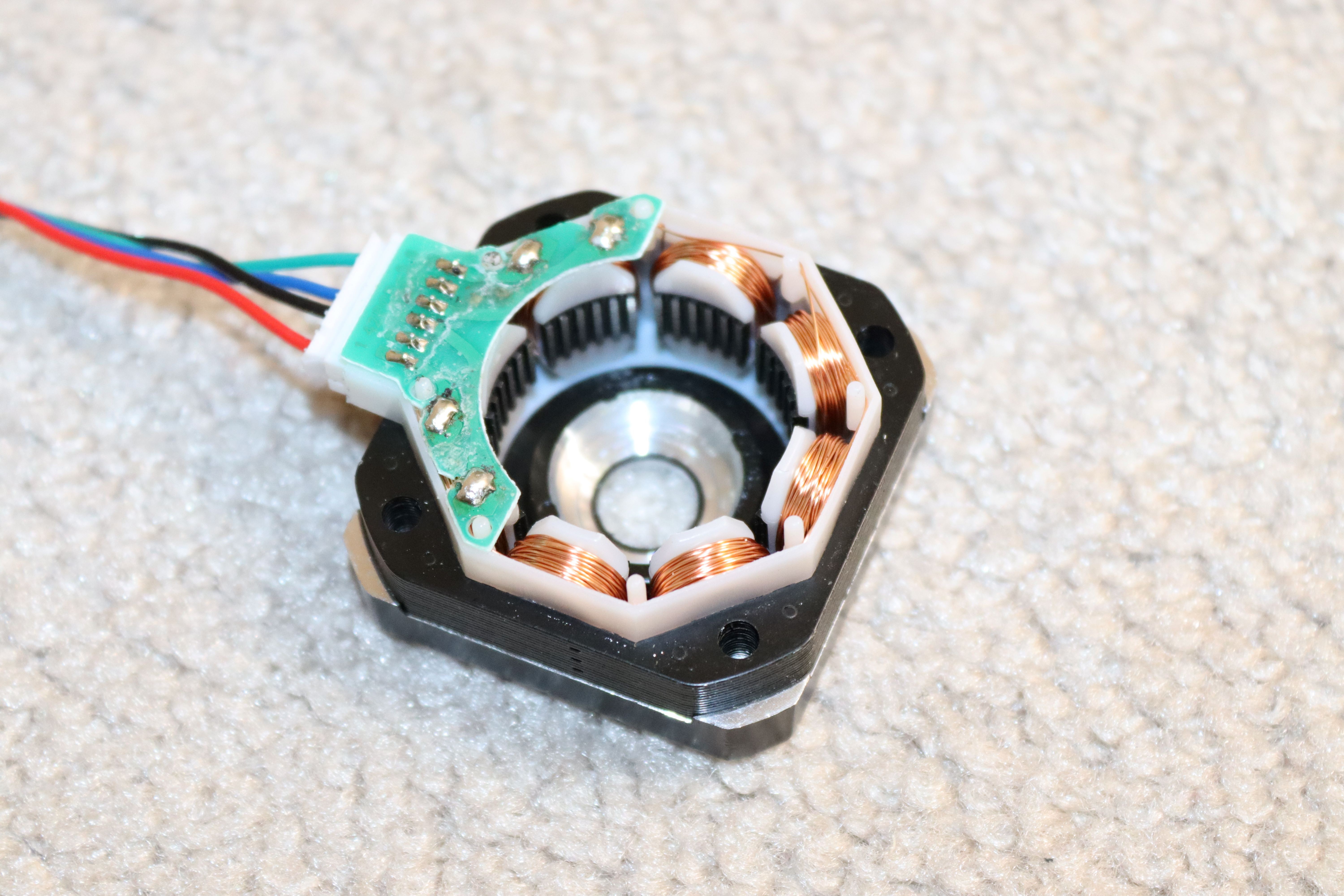


Although the use of stepper motors for robot wheels is not often seen, they can be easily managed using an Arduino Uno as I will show in the construction information.
 Mike Rigsby
Mike Rigsby